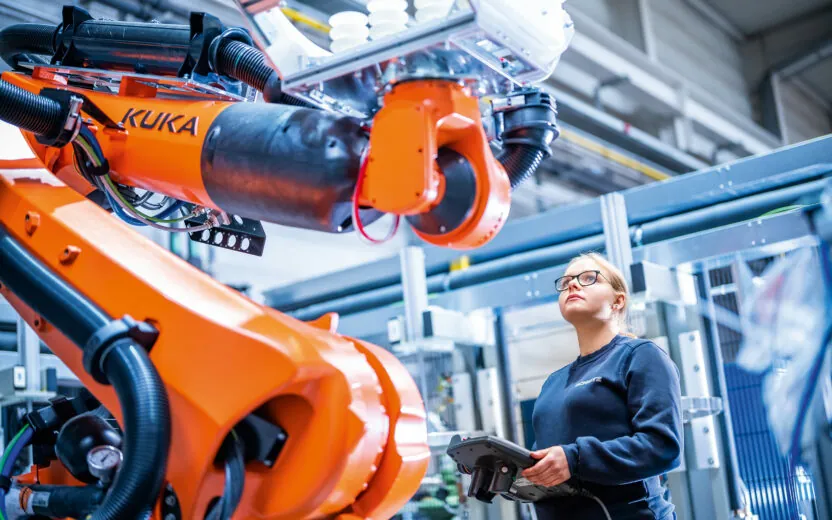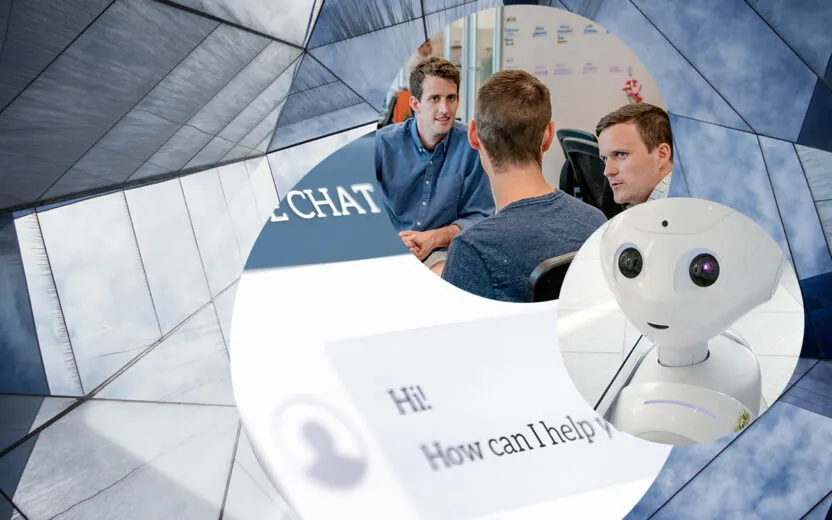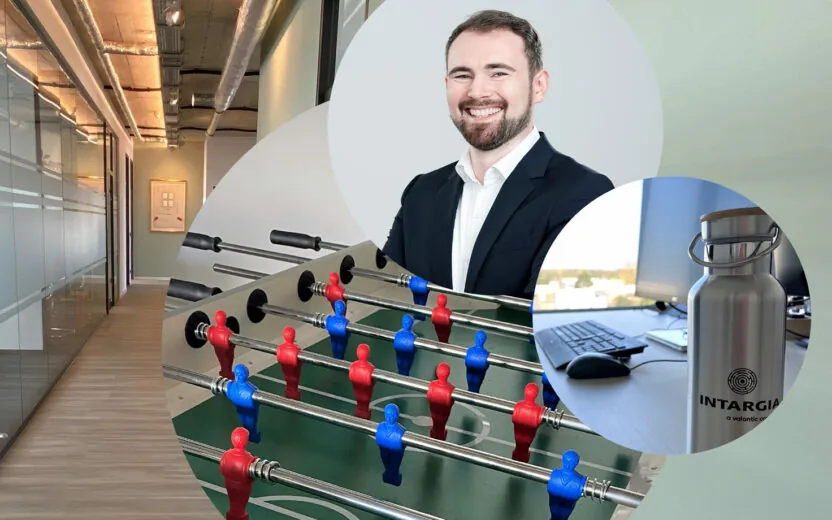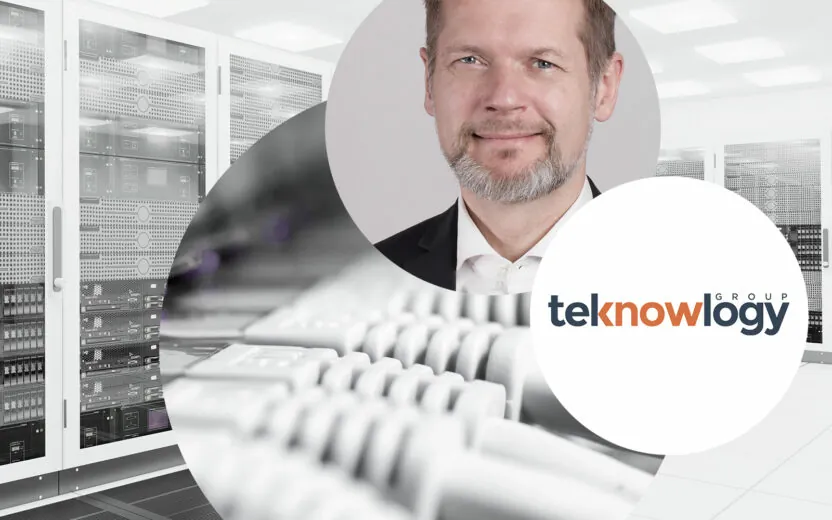
#valanticworld July 26, 2024
Pizza, Programming, and Project Managers – Maike’s recipe for success for the GenAI Taskforce
Maike proves that the GenAI Taskforce is about more than just programming. Find out what qualities she brings to the management team, why AI provides more equal opportunities, and how Maike produces releases with pizza and beer.
Pizza, Programming, and Project Managers – Maike’s recipe for success for the GenAI Taskforce
Customer Experience May 24, 2024
Bridge the Data Gap: Enhance Your Product Catalog with AI-Driven Data Solutions
Complete data is essential for a successful online store. With the support of AI, product data can be optimally enriched.
Bridge the Data Gap: Enhance Your Product Catalog with AI-Driven Data Solutions
Digitalization Services April 25, 2024
EV Charging: Reducing Wait Times for Electric Vehicles
The use of electric vehicles in Germany is gaining momentum. A growing number of charging stations make charging electric cars increasingly accessible and convenient. With the help of intelligent app technology and precise predictions, drivers can travel worry-free without worrying about the range.
EV Charging: Reducing Wait Times for Electric Vehicles
Customer Experience February 21, 2024
With (Gen)AI Discovery to a Tailored AI Roadmap
Artificial intelligence is the talk of the town and currently one of the most crucial key technologies. With (Gen)AI Discovery, you receive a tailored AI roadmap that future-proofs your company. You benefit from our expertise and a structured approach that ensures your investments in AI bring the greatest possible benefit.
With (Gen)AI Discovery to a Tailored AI Roadmap
#valanticworld February 15, 2024
From Africa and agile working to river power plants and flowing data
Find out more about our colleague Michael: From his research in Africa as part of an EU framework project to data science and his tips for younger colleagues in the field of data analysis.
From Africa and agile working to river power plants and flowing data
Customer Experience February 8, 2024
Applications and Potentials of AI in Customer Experience
Sarina Hermann, Lead Consultant Digital Business, discusses the transformative power of AI in customer experience in an interview. She provides insights into the potentials and challenges of AI deployment in CX and the critical basics that are indispensable for a purposeful AI implementation.
Applications and Potentials of AI in Customer Experience
Digitalization Services November 16, 2023
Generative AI (GenAI): The evolution of creativity through technology
In the world of artificial intelligence, a revolution is in progress that goes far beyond simple algorithms: It goes by the name of GenAI.
Generative AI (GenAI): The evolution of creativity through technology
Digitalization Services August 14, 2023
Win Win: Low-Code Plus AI Saves Time by up to 80 Percent
The tandem of AI and low-code/no-code contains enormous efficiency potential. Success, however, depends on the use of the right best practices.
Win Win: Low-Code Plus AI Saves Time by up to 80 Percent
Supply Chain Management & Logistics December 15, 2022
Shortage of skilled workers in mechanical and plant engineering
The shortage of skilled workers and engineers has reached a historic peak, and mechanical and plant engineering companies in particular are suffering from this shortage. The pressure on industry is not likely to decrease in the future either. So what can companies do about this?
Shortage of skilled workers in mechanical and plant engineering
Business Analytics January 25, 2022
IBM’s AI Business Analytics Platform
A Brief Portrait of IBM's AI Business Analytics Platform: This is what IBM Cloud Pak for Data can do, and companies can reap these benefits and added value quickly, relatively easily, and flexibly.
IBM’s AI Business Analytics Platform
Business Analytics January 11, 2022
A Chatbot on the Test Bench
In our blog contribution, Felix Kopf, Software Engineer and Consultant at valantic, demonstrates what kinds of questions accompany chatbot development and how varied these are.
A Chatbot on the Test Bench
#valanticworld April 27, 2021
From Artificial Intelligence to the Information Security Audit
Andreas Kalapis reports on his work as a student employee in the Artificial Intelligence department and his subsequent start as a consultant. In the interview, he tells us why his gut feeling about INTARGIA, a valantic company, was spot-on from the very beginning.
From Artificial Intelligence to the Information Security Audit
Customer Experience September 24, 2020
On the path to the customer-centered and intelligent company
The digital transformation in companies is progressing more and more. But the future belongs to customers and lies in the intelligence to provide them with the most perfect customer experience possible. With the customer at the center of attention, the path to the Intelligent Enterprise is thus marked out and indispensable. New technologies such as artificial intelligence, predictive analytics and the Internet of Things (IoT) will be increasingly in demand.
On the path to the customer-centered and intelligent company
Supply Chain Management & Logistics July 6, 2020
Just-in-Time and Just-in-Sequence: How life can continue after the coronavirus
Concepts such as Just-in-Time (JIT) and Just-in-Sequence (JIS) have been applied in the automobile industry for many years; however, in many places, consistent implementation was lacking. Recently, new and promising approaches emerged based on AI-assisted software platforms. Then came the coronavirus. Now we need approaches that can help us manage global supply chains better.
Just-in-Time and Just-in-Sequence: How life can continue after the coronavirus
Digitalization Services May 5, 2020
Why digital assistants are so valuable in customer dialogues
Conversational AI in customer service leads to more dynamics in problem solving which has enormous potential for digital assistants and chatbots.
Why digital assistants are so valuable in customer dialogues
Digitalization Services April 27, 2020
Robotic Process Automation: Setting the course for the successful automation of corporate processes
Read this article about how valantic can help you automate your corporate processes successfully with RPA.
Robotic Process Automation: Setting the course for the successful automation of corporate processes
Digitalization Services April 20, 2020
Digital business innovation: IT is the motor, but people are in control
Technologies for digital business innovation such as artificial intelligence and data analyses are enjoying a lot of attention lately. However, it takes talented people to drive the innovations forward and employees who use and exploit the digital innovations.
Digital business innovation: IT is the motor, but people are in control